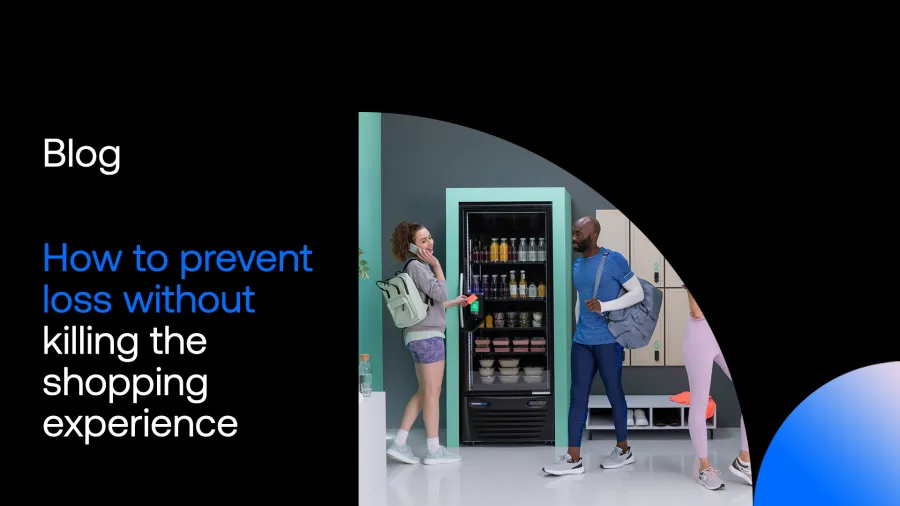Published • 12 Aug 2025
Unattended retail theft prevention is a balancing act. You need to keep shrink under control, but if your approach is to wall off products or add too many security steps, you risk chasing away paying customers. In broader retail, locked merchandise has been shown to drive abandonment or even push shoppers to competitors. The challenge for unattended markets is finding that middle ground: protecting goods while still letting customers browse freely.
The good news is that modern unattended retail technology allows you to keep products accessible for browsing while still catching walkaways, under-rings, and other forms of theft in real time.
Why "Too Secure" Backfires
When an item is locked behind a case, around a quarter of shoppers will either skip the purchase or buy somewhere else. In an unattended setting, the same logic applies. If your market feels closed off or heavily policed, you lose impulse purchases and discovery—the two big advantages that micro markets and smart stores have over vending.
The Old Model: Vending Was Secure but Uninspiring
Traditional vending machines excelled at one thing: containment. Every item was locked behind a spiral or coil until customers paid. That security came at a cost—poor browsing, no ingredient checks, limited selection, and minimal basket size. For high-theft environments with small product ranges, vending still has a role. But for most workplace, multifamily, and campus markets, the sales trade-off is significant.
The Modern Model: Secure Browsing with Vision Smart Stores
Vision Smart Stores flip the vending model. They let shoppers pick up products, read labels, and decide at their own pace, while access control and computer vision track what's taken.
For example, PicoCooler Vision uses cameras to automatically recognize products removed after a shopper unlocks the cooler. The system charges the account when the door closes. Operators report drastic shrink reductions—some down to negligible levels—without needing to physically restrict browsing.
Don't just take out word for it. Here's what a 365 operator had to say:
"Our customers prefer choosing products they can touch and feel over traditional vending. With vending, you're vending. With markets and PicoCooler Vision, you're shopping now. It made a huge difference in sales. Our sales went through the roof with the increase of having these Picos compared to a vending machine."
— Jon Evans, Breakroom Choices
Targeted Loss Prevention at Checkout
Even in fully open markets, the checkout point can be a leakage area. MarketSight on the MM6 Mini kiosk addresses this by using a camera to compare the number of items scanned to the number of items in hand. If there's a mismatch, it prompts the shopper to correct it before payment. If they don't, the incident is flagged for review.
This is "quiet" loss prevention—no locked cases, no intimidation—just a gentle but effective safeguard.
Eyes on the Floor Without Creating a Fortress
Strategically placed cameras, especially when paired with AI-based flagging, allow operators to review only suspicious moments rather than hours of footage. Solutions like Panoptyc take this further by automatically identifying potential theft events and creating clips for easy review. When theft does occur, operators can pair Panoptyc footage with ADM reports—such as Asset Recovery or Cancel Reports—to build a clear, documented case against offenders. The goal is not to intimidate shoppers, but to maintain accountability. Public-facing monitors or discreet signage near key product areas can reinforce that the space is monitored without creating a fortress-like atmosphere.
The Bottom Line
In unattended retail theft prevention, locking everything down isn’t a winning strategy; it's a sales limiter. The real win comes from layering tech: access control, under-ring detection at checkout, and camera analytics that verify incidents without suffocating the shopping experience. Done right, you keep shrink low and baskets full.

